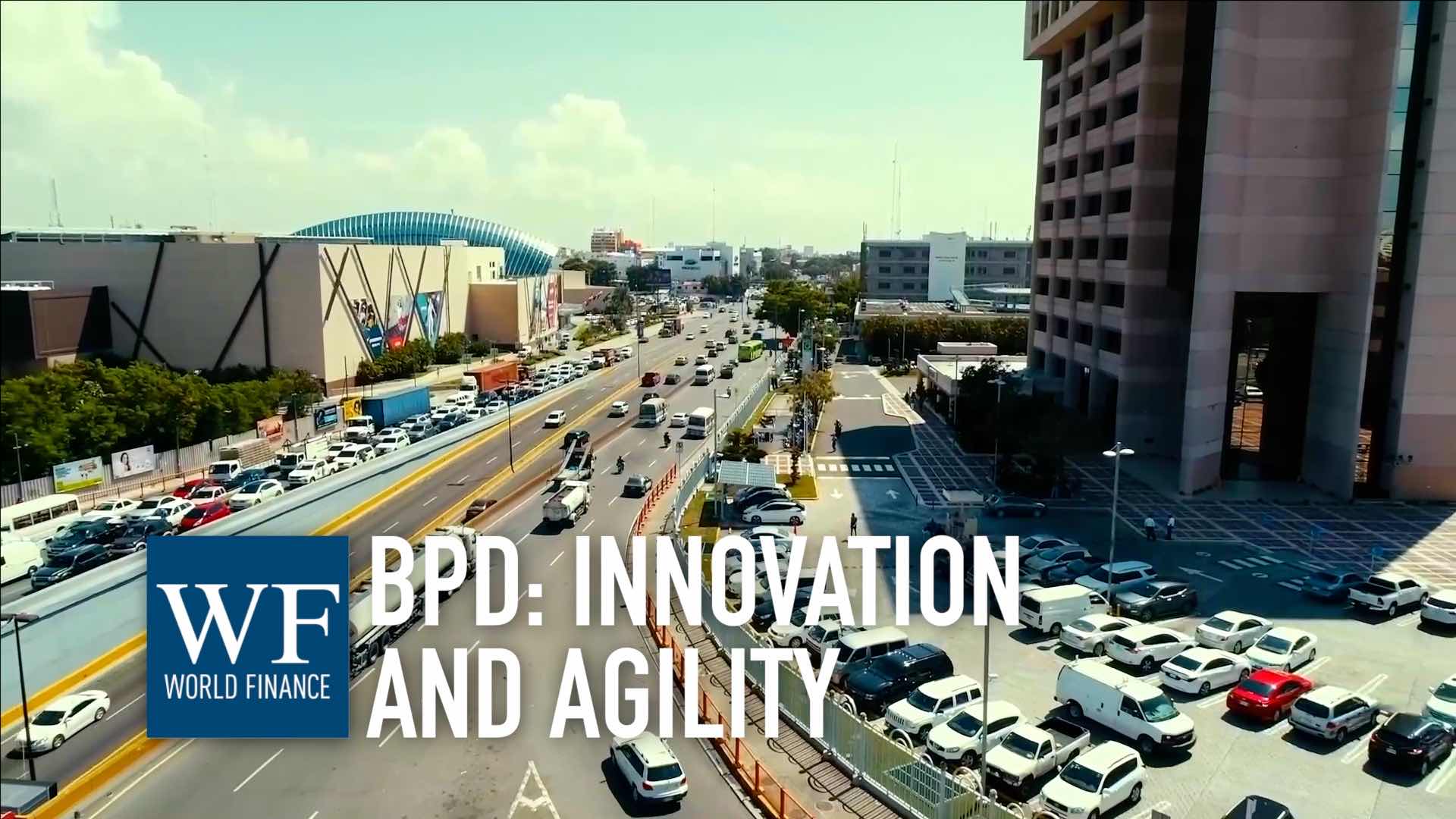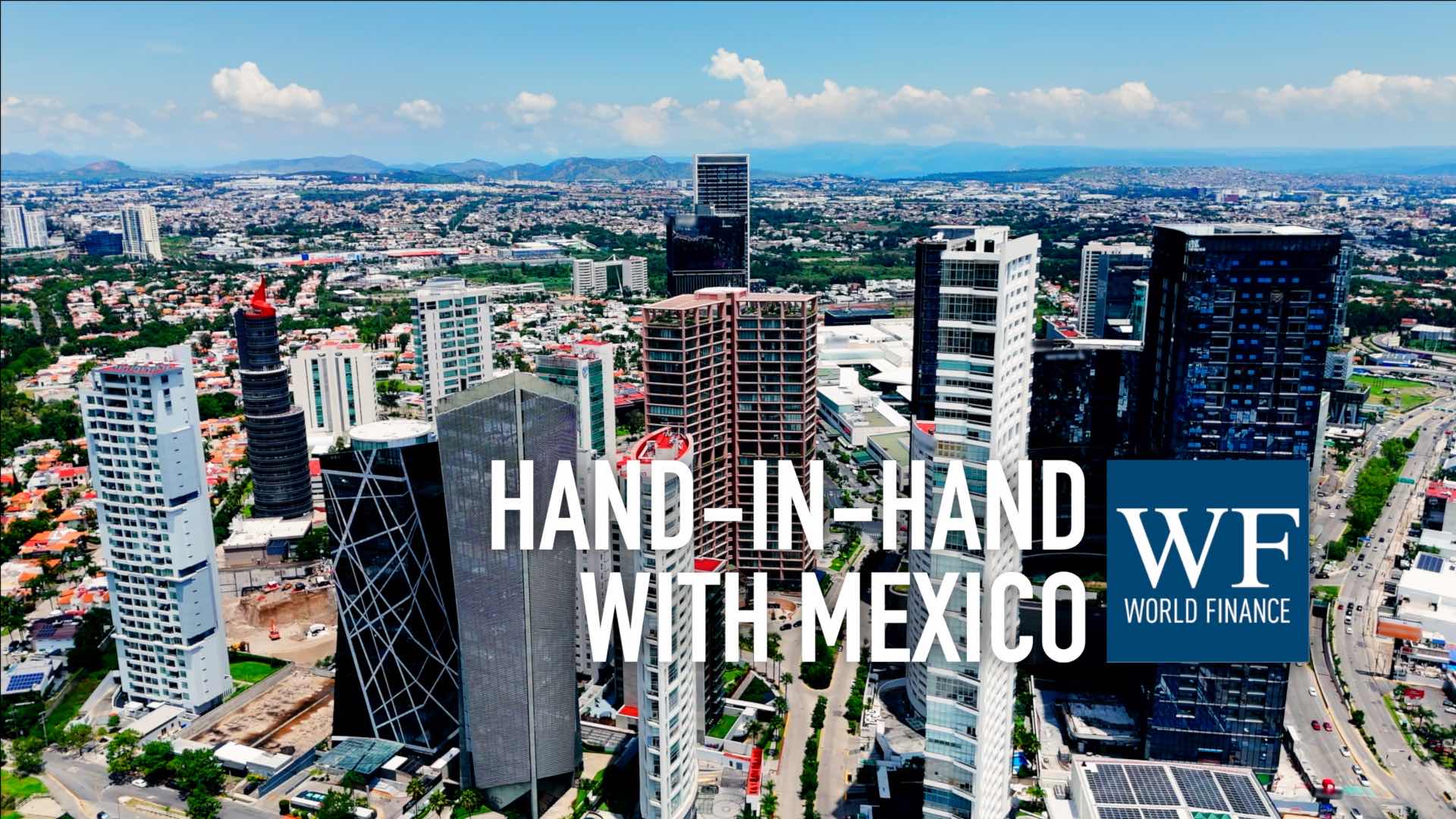Alejandro Garza, Sergio Ramirez Lomelin, and Luis Castilla, on the Atotonilco Wastewater Treatment plant | ATVM | Video
World Finance interviews Alejandro Garza, President of Atlatec; Sergio Ramirez Lomelin, Water and Energy Director for IDEAL; and Luis Castilla, Chairman of Acciona Aqua; on Mexico's water supply and sanitation system
Related:
Transcript
Said to be the largest wastewater treatment plant in the world, the Atotonilco Wastewater Treatment facility is revolutionising Mexico’s ailing water supply and sanitation system. Alejandro Garza, President of Atlatec; Sergio Ramirez Lomelin, Water and Energy Director for IDEAL; and Luis Castilla, Chairman of Acciona Aqua; together the consortium for the project; disuss the importance of water sanitation on economic growth, the objectives of the Atotonilco plant, and the impact it will have on the lives of the local population.
World Finance: Alejandro, how does water sanitation affect economic growth?
Alejandro Garza: Water is one of the most precious resources that we can have. Unfortunately in Mexico, we have two main problems to solve. One is an imbalance in the water availability into the country, because the most important cities population and industry are located in places where we don’t have enough water.
For instance, Mexico City is in a place 2,000m above sea level, in the centre of the country, far from shores, where there’s little availability of water. Same with other important cities in Mexico.
So, we don’t have the level of water that we need in those cities in order to continue their growth. But at the same time we have a problem. In the last few years, we have not had enough wastewater treatment from the municipalities, creating an additional problem, of lack of quality of the available water in reservoirs or water basins.
Fortunately in the last years, supported by the National Water Commission, there has been a plan to improve the water treatment in the country with a very successful growth, like this project, for instance.
“Before the Atotonilco project, Mexico City only treated five percent of its water. Now it is going to treat 60 percent”
World Finance: How does limited water supply and sanitation affect people at a grass-roots level?
Alejandro Garza: The main problem is a health problem, of course. The other one is, in several cases, the untreated water used for low value crop irrigation, like corn, for instance. With all of these proposals we are improving the quality of the water, it is possible to have better health for the people, but at the same time to have better possibilities to crop better value, like broccoli or oil-value crops, that creates a better way of living for people around the areas.
World Finance: Sergio, tell me about the Atotonilco project. How has it revolutionised Mexico’s sanitation?
Sergio Ramirez Lomelin: Before the Atotonilco project, Mexico City only treated around five percent of its water. Right now with this project, Mexico City’s going to treat around 60 percent of its water. So with this, all the sanitation problems right now in Mexico will be solved in a large scale.
Around the plant there are around 300 people, so with clean water they are going to have a better way of living, and a better way of having their crops and irrigation: with clean water. So all the sanitation problems are going to be solved.
“We’re going to create more than 3,000 jobs, and more than 10,000 indirect jobs, during the construction period”
World Finance: What are the primary objectives of the plant? And what does it mean for Mexico?
Sergio Ramirez Lomelin: With this we’re going to treat more than 65 percent of the water of the whole country. We’re going to create more than 3,000 jobs during construction, more than 10,000 indirect jobs during the construction period.
After that, when the plant goes into commercial operation, we will have clean water for the irrigation system in the Tula Valley of Mexico. With that, more than 350,000 people there are going to have better crops and better quality of life.
World Finance: Luis, how will the plant control greenhouse emissions?
Luis Castilla: When we clean the water, we remove contamination, organic material, and we produce a side-product, and this is sludge. In fact, we are going to produce more than 2,300 tonnes per day of this sludge. In order to remove the environmental impact of the disposal of this sludge, we need to remove the organic material of the sludge, using a technology that is called anaerobic digestion.
Using the process of anaerobic digestion, we are going to produce a biogas. The biogas has more than 65 percent methane, and we will burn this methane to produce energy, using 12 cogeneration units with a total capacity of 32 megawatts. This energy will cover more than 75 percent of the total energy consumption of the plant.
“This is the start of a new generation of water treatment in our country”
World Finance: And finally Sergio, looking to the future, what are the priorities now?
Sergio Ramirez Lomelin: With these kind of projects, we can introduce new technologies to treat water, clean water, and reuse water. Save water for the future. And if we keep constructing and operating new plants, we will have the ability to have water, reusable water, both in industry, and maybe to a third level: for human consumption.
So, this is the start of a new generation of water treatment in our country.
World Finance: Gentlemen, thank you.
Alejandro Garza, Sergio Ramirez Lomelin, Luis Castilla: Thank you very much.

 Banco Popular Dominicano: Digitalising Dominican finance
Banco Popular Dominicano: Digitalising Dominican finance Banorte: Growing together, growing with Mexico, growing with you
Banorte: Growing together, growing with Mexico, growing with you
